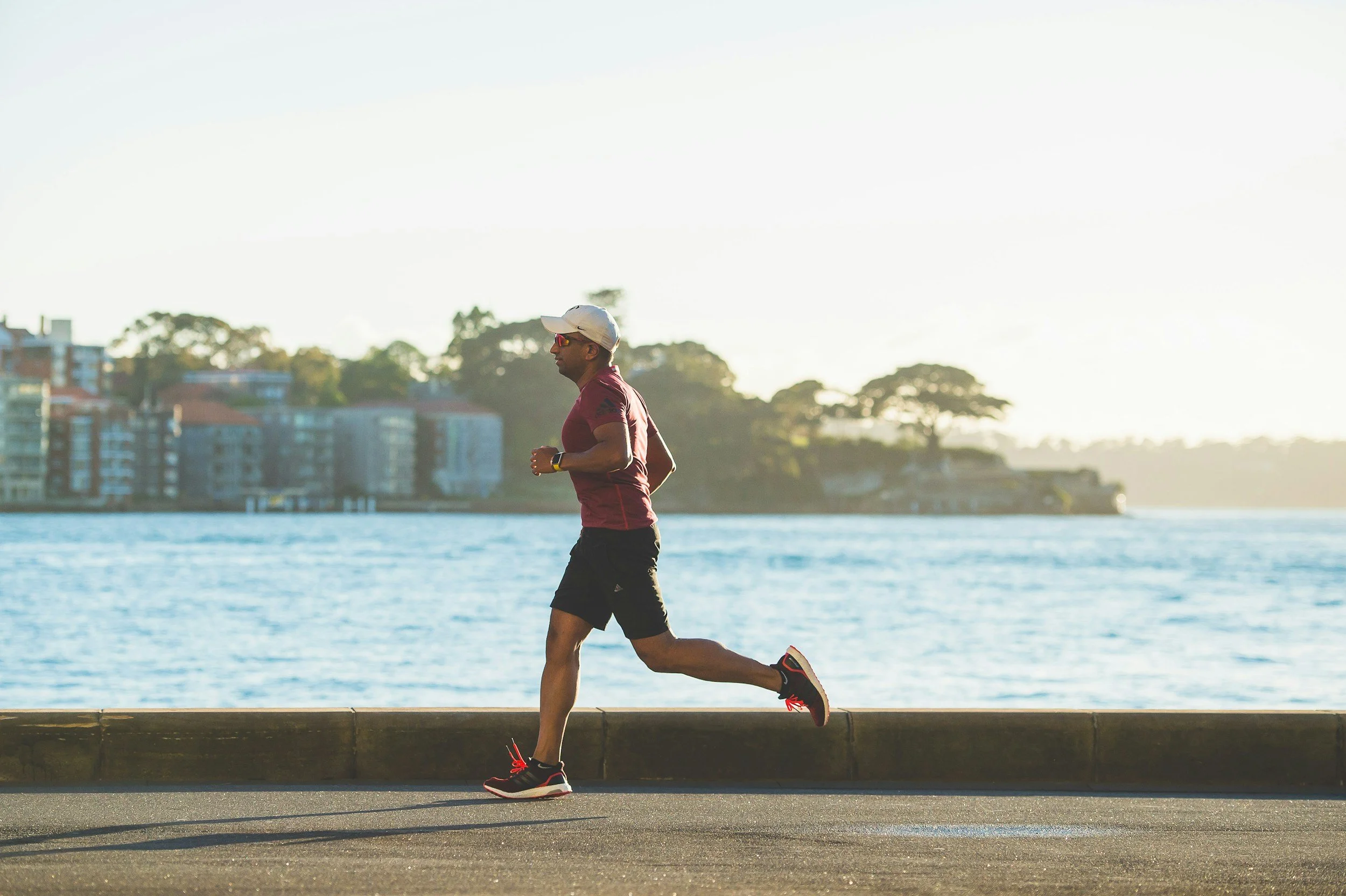The Columbus Runner’s Guide to Injury-Proofing Your Miles
If you've logged miles along the Olentangy Trail, trained for the Columbus Marathon, or hit the hills at Highbanks Metro Park, you know the joy of running in Central Ohio. But you also know the frustration of having a nagging injury derail your training.
Rest, ice, and stretching only get you so far. At Arsenal Performance and Rehabilitation, we don't treat the symptom—we find the weakness that caused your breakdown. As a cash-based clinic in Columbus, we invest our time into one-on-one sessions focused entirely on getting you back on the trail, stronger and faster than before.
Here is our DPT-approved guide to preventing the three most common runner injuries.
Part 1: The Big 3 Runner Injuries (And How to Stop Them)
1. Runner’s Knee (Patellofemoral Pain)
This is a painful ache that gets worse when you run, go up or down stairs, or even just sit for a long time. It’s rarely a knee problem; it’s usually a hip and glute problem.
The Root Cause: Weakness in the gluteus medius muscle (the side of your hip). When your glutes are weak, your thigh bone rotates inward with every stride. This causes the kneecap to track improperly, resulting in friction and pain.
Arsenal's Prevention Tip: Focus on single-leg stability. Your best friend is the Single-Leg Deadlift (SLDL). It targets the hamstrings and glutes in a position similar to running, building crucial stability. Start with slow, controlled sets without weights.
2. Shin Splints (Medial Tibial Stress Syndrome)
This is the sharp, aching pain that runs along the inside of your shinbone. Runners often attribute it to "just running too much," but the real culprit is usually a breakdown in your foot and calf mechanics.
The Root Cause: Over-striding and poor shock absorption. When your foot crashes down too hard out in front of your body, the muscle fibers surrounding the shinbone get overloaded and inflamed.
Arsenal's Prevention Tip: Improve your foot stiffness and ankle mobility. Practice barefoot drills like the "pogo hop" to train your Achilles tendon and lower leg muscles to act like a spring, rather than a wet noodle. For Columbus runners transitioning from the soft paths of Alum Creek to the hard pavement of a marathon route, this is essential.
3. Plantar Fasciitis
The searing, stabbing pain in your heel or arch, especially with the first steps out of bed.
The Root Cause: Stiffness in the calf/Achilles tendon and weakness in the small intrinsic muscles of the foot. The plantar fascia gets constantly overloaded because the calf isn’t stretching and the foot muscles aren’t absorbing impact correctly.
Arsenal's Prevention Tip: Calf Mobility is King. Instead of just foam rolling your foot, focus on deep, long calf stretches against a wall or step. Also, practice toe towel scrunches to activate the small muscles that support your arch, turning your foot into a stable tripod.
Part 2: The Columbus Runner's Unique Challenge
Running in Central Ohio offers amazing variety, but your body needs to adapt to different surfaces:
The Paved Trails (Olentangy, Scioto Mile): High-mileage training on concrete/asphalt is great for pace, but unforgiving on joints. Your body's shock absorption must be top-tier.
The Hills (Highbanks, Grandview Heights): Hill training builds strength, but requires specialized technique to prevent Achilles and hamstring strains on the ascent, and Quad/Knee damage on the descent.
The Arsenal Advantage: Your treatment includes analyzing your mechanics on the specific surfaces you run on. We don't just put you on a resistance band; we look at your running gait and train your body for the terrain of Columbus.
Part 3: Stop Guessing, Start Training: The Arsenal Solution
If you are dealing with a running injury, the last thing you need is a 15-minute, cookie-cutter session that an insurance company dictates.
At Arsenal Performance, our cash-based model is designed for the serious runner:
Uninterrupted Time: You get one full hour of one-on-one time with your Doctor of Physical Therapy every visit. We have the time to treat the pain, assess your form, and develop a comprehensive strength plan.
Advanced Gait Analysis: We use technology and expert eyes to film and analyze your running form, isolating the exact point of breakdown that is causing your injury.
Injury Prevention Plan: We transition you out of the clinic with a customized, long-term training plan that ensures your next marathon is injury-free.
Stop sacrificing your training for short, limited physical therapy. Invest in a recovery that matches your dedication.
Ready to Run Your Next Race Pain-Free?
The sooner we address the root cause, the faster you get back to your goals.
👉 Book Your Free Consultation
(Speak with a running expert at Arsenal to start your injury-proof training today!)

